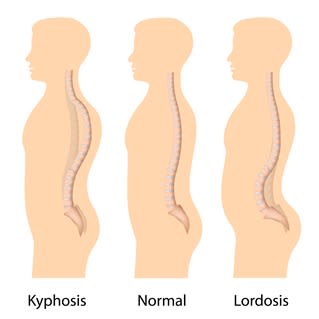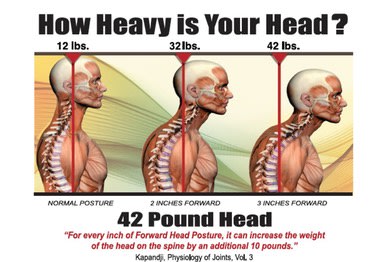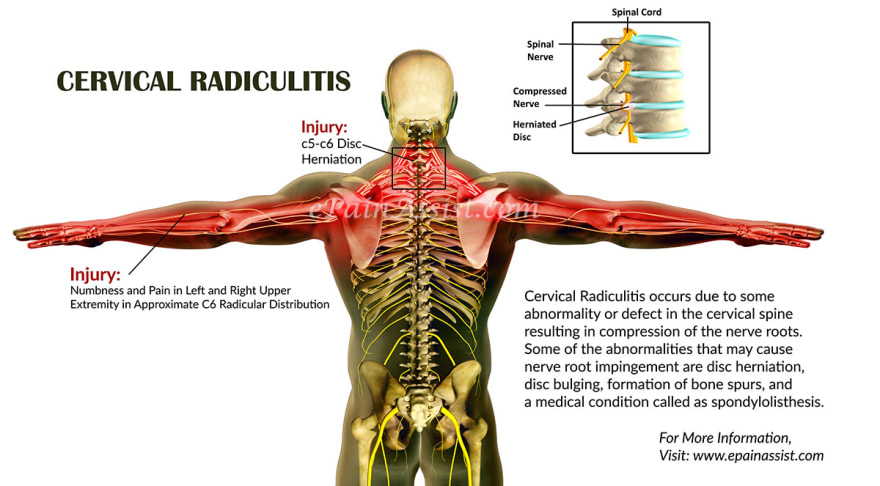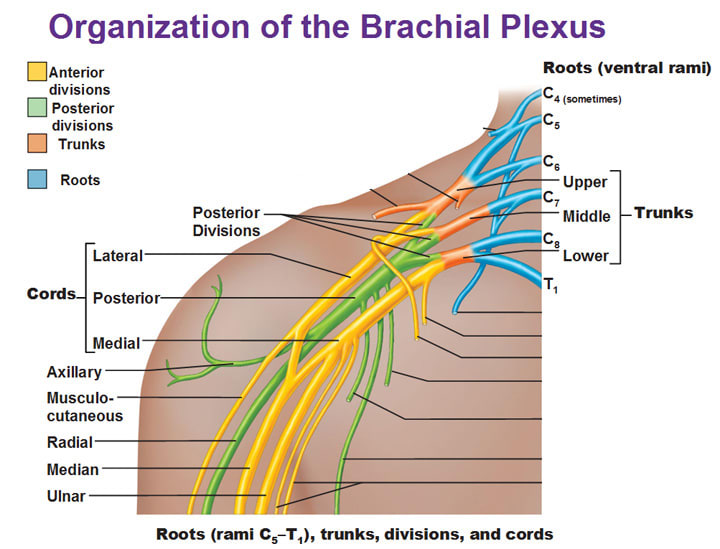Coming into coding world from my background in health and kinesthetics was a shocker.
In my previous life- entire weekends were spent in retreats focused on spinal mobility and proper posture for strength, health, and ease of movement. As a dancer and instructor I pride myself on reading a person's physiology for clues about how they move and spend their time. Subtle developmental imbalances and reduced range of motion that could impact my student's ability to complete a set piece of choreography or inform the type or speed of response in a dance partner and allow me to lead my students toward a more natural and supportive spinal posture.
Walking into a building full of devoted code monkeys- all focused on their amazing creations and complicated form submissions was like an ice bucket challenge for me. Everyday. As a former dance instructor, my internal reaction to seeing the code monkey hunch is to immediately engage my core and ask the person to lift their chest sternum and correct their posture.
Now- having joined the FlatIron crew, I too spend the majority of my day reading from my computer screen and coaxing the code into a working order. In order to continue doing so- I've needed to step up my spinal self care to compensate. Usually I do this by busting out a dozen push-ups a few times a day and finding ways to fit some yoga into my daily life in the office. The daily demands of desk work are real and unique in modern human life. We're not actually very good at doing the same thing, all day, every day. Our bodies will adapt to the most efficient performance of our daily habits, not necessarily the healthiest.
Healthy Spines:
A healthy spine has a distinct "s" curve, really more like a series of undulations from the neck to the pelvis- pulling the head back and bringing the chest forward. The bulk of the weight of your head should be balanced over the spinal cord in the center of the spine. Feel the sensation of a heavy cloak over your shoulders, allow your shoulder blades to come together and tuck your chin. This should feel good- maybe a little stretch and warmth between your shoulders, but mainly good.
Kyphotic Spines:
Kyphosis can be slight, just a rounding of the musculature, or severe, leading to an actual reversal of the curvature of the spine. The excessive forward rounding of the shoulders caused by typing and constantly having ones arms forward will almost always lead to compression of the nerves leading from the c-spine down through the shoulder and into the arms. If anyone has ever had a pinched nerve or experienced the pins and needles feeling of sensation returning to a numb limb after sitting on it oddly for a few minutes- these are symptoms of radiculopathy. radi= radius, the fine bone of the forearm- opathy = a medical problem. Reduced sensation and strength in the side of the arms, along the triceps, down to the pinky, ring, and middle fingers are common complaints. Carpal tunnel syndrome is a form of radiculopathy.
Nerve pathways through C-spine
Brachial Plexus and nerves of the arm
Traditional tx and medical intervention:
Traditionally, once your notice the nerve pain, changes in your daily life are necessary to resolve it. Changing the height of your desk, more focus on ergonomics, an expensive MRI or two, and a few weeks of physical therapy will result in a return to function for 80% of people.
Postural correctors:
There's an entirely new set of gadgets available for this. Everything from mechanical braces, and holster style shoulder straps, to electric monitors that will shock you if your posture slips. Pavlov, anyone?
https://www.verywellhealth.com/best-posture-correctors-4171981
Prevention exercises:
With anything here- if you have doubts about your ability to perform with good form, ask for help from a professional!
Instead of waiting for the inevitable discomfort and expensive diagnostic and treatment options, setting yourself up for success and health is much easier- in the long run. To start, you may have trouble with even body weight- particularly if you haven't had the chance or inclination to develop these muscles in your life up to now. It's shocking how much functional strength I lost in the last five weeks of sitting for 8 hours a day.
Y-T-W with weights or without to start
wrist crawls up the wall
Yoga:
Cat/Cows
Down Dog
Bent Hang
Bent Hang + Superman Arms
Classics to build up to:
push ups - with your elbows tight in to your rib cage. If these aren't comfortable on the ground, find a flight of stairs or a stable desk and do them at an incline, with your elbows tucked in and your shoulder girdle "packed"- meaning with your shoulder blades pulled down along your back and the space between them engaged.
pull ups- get a bar, start with palms toward you (chin-up position, uses more of the bicep) and then hang with bent arms to start, trying to find the same kind of "packed" shoulder described in the push up.
Advanced: take these on after you're very comfortable doing at least a dozen pushups and can perform at least three sets of ten Y-T-W's with five pounds and good form.
Handstands
Handstand pushups
Citations:
Radiculopathy and Cervical Spine Compression
https://www.spine.org/KnowYourBack/Conditions/Degenerative-Conditions/Cervical-Stenosis-Myelopathy-and-Radiculopathy
Complex breakdown of nervous pathways and branches of the cervical and brachial plexuses:
https://antranik.org/peripheral-nervous-system-spinal-nerves-and-plexuses/
American Family Physicians website:
https://www.aafp.org/afp/2010/0101/p33.html












Top comments (0)